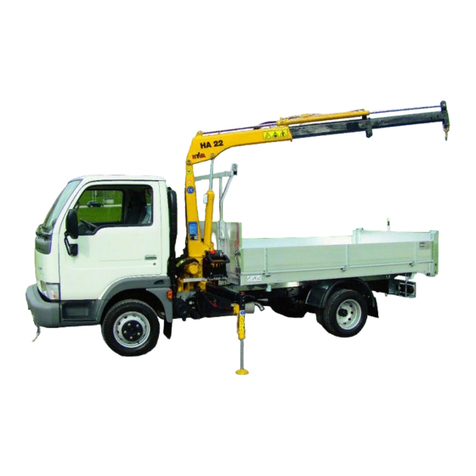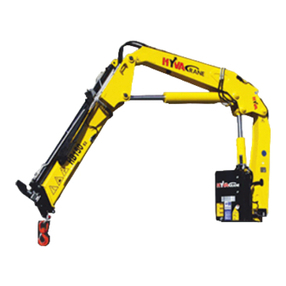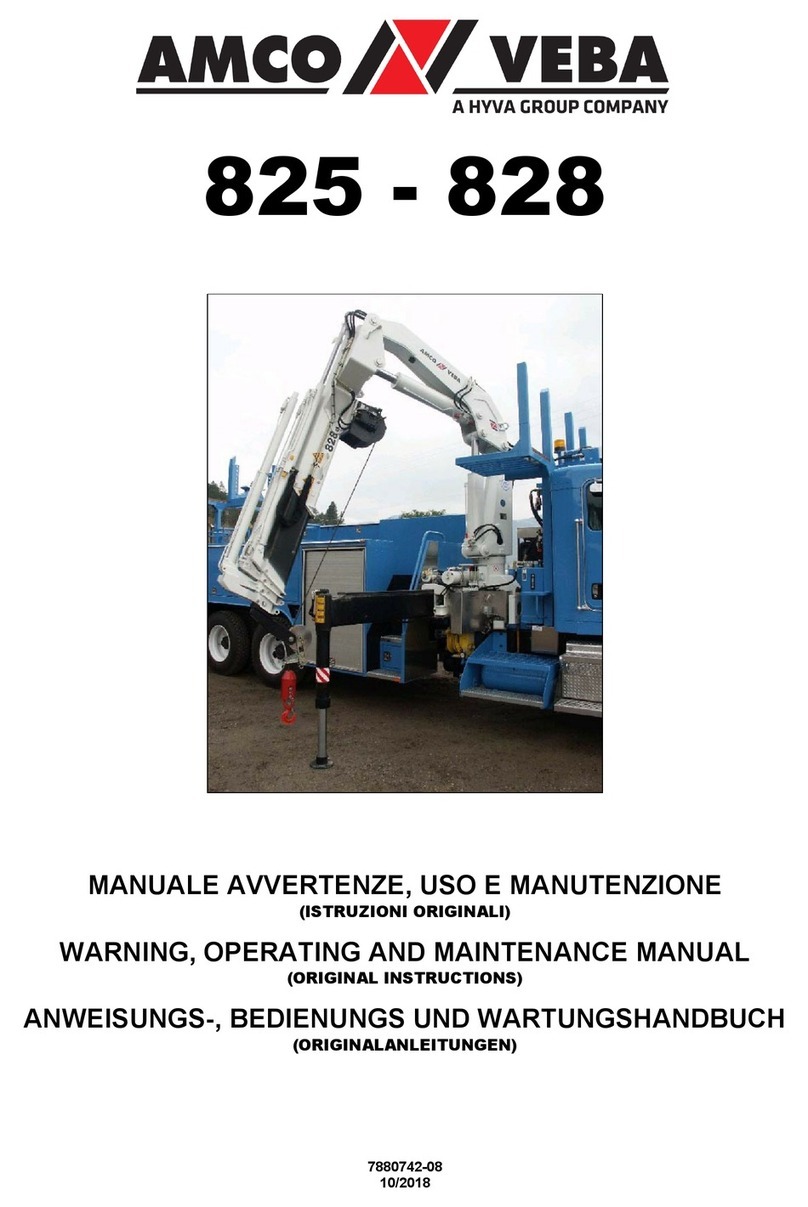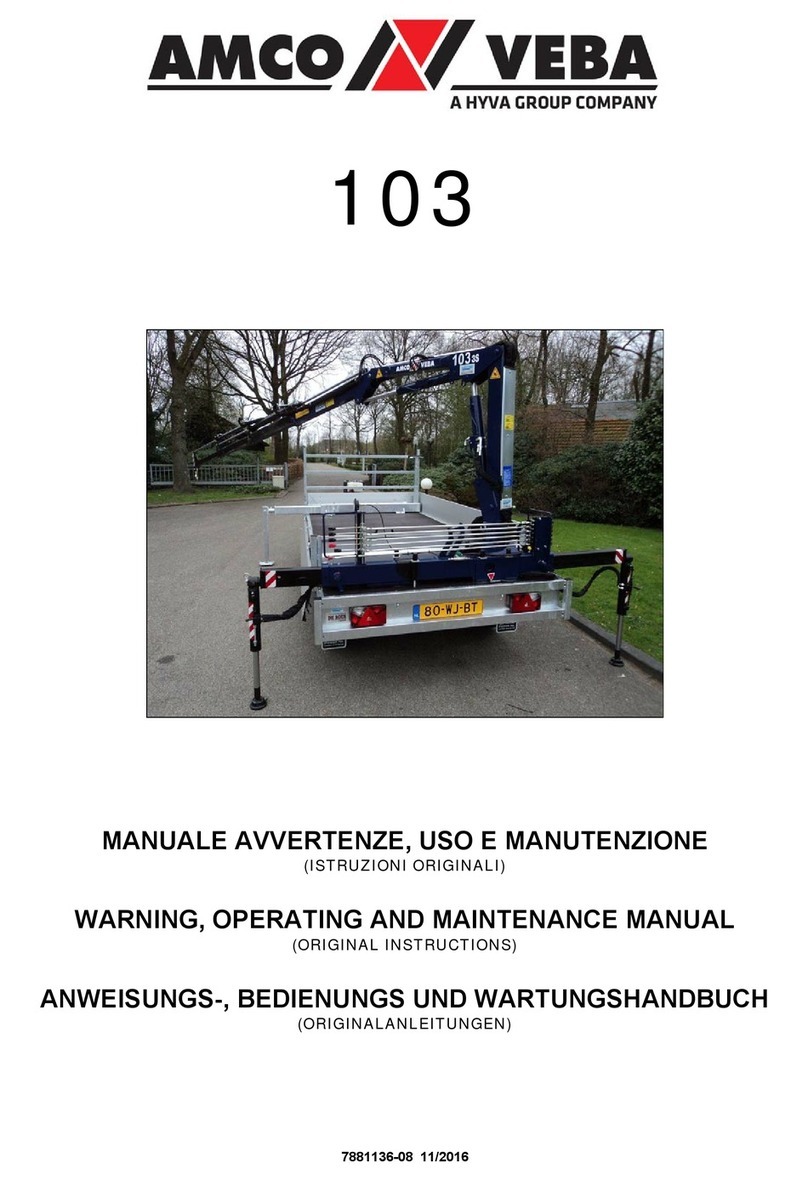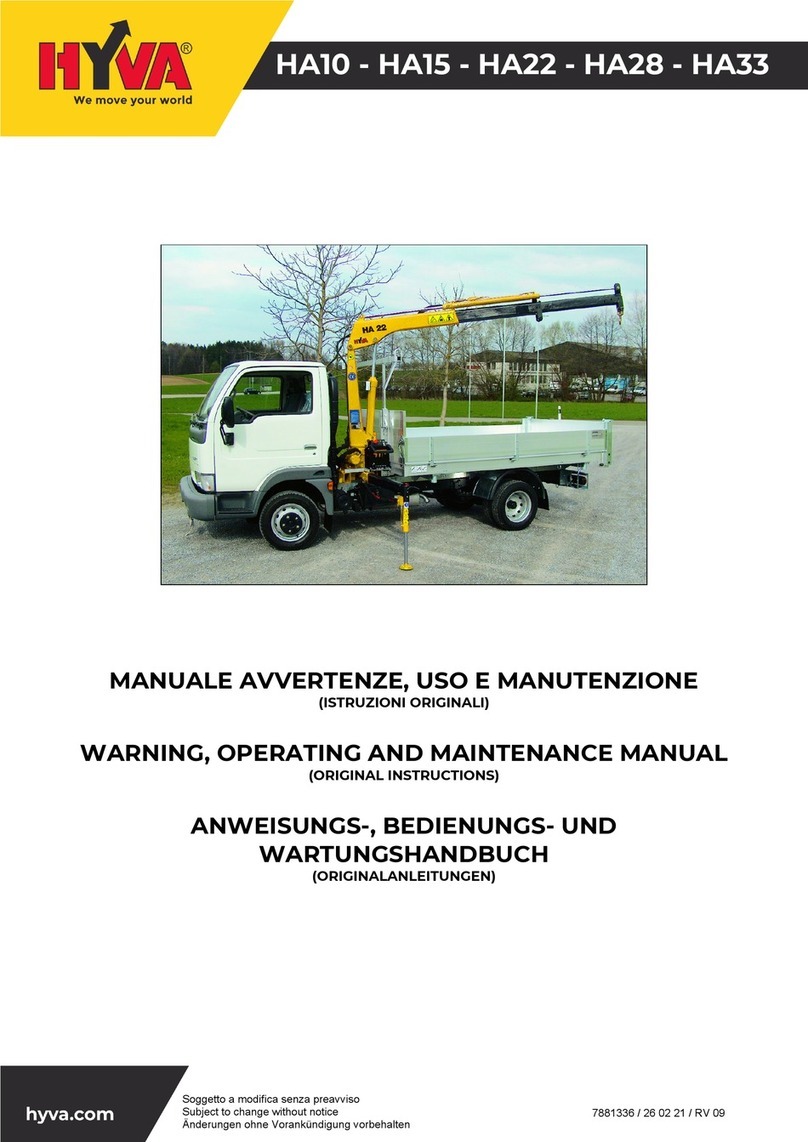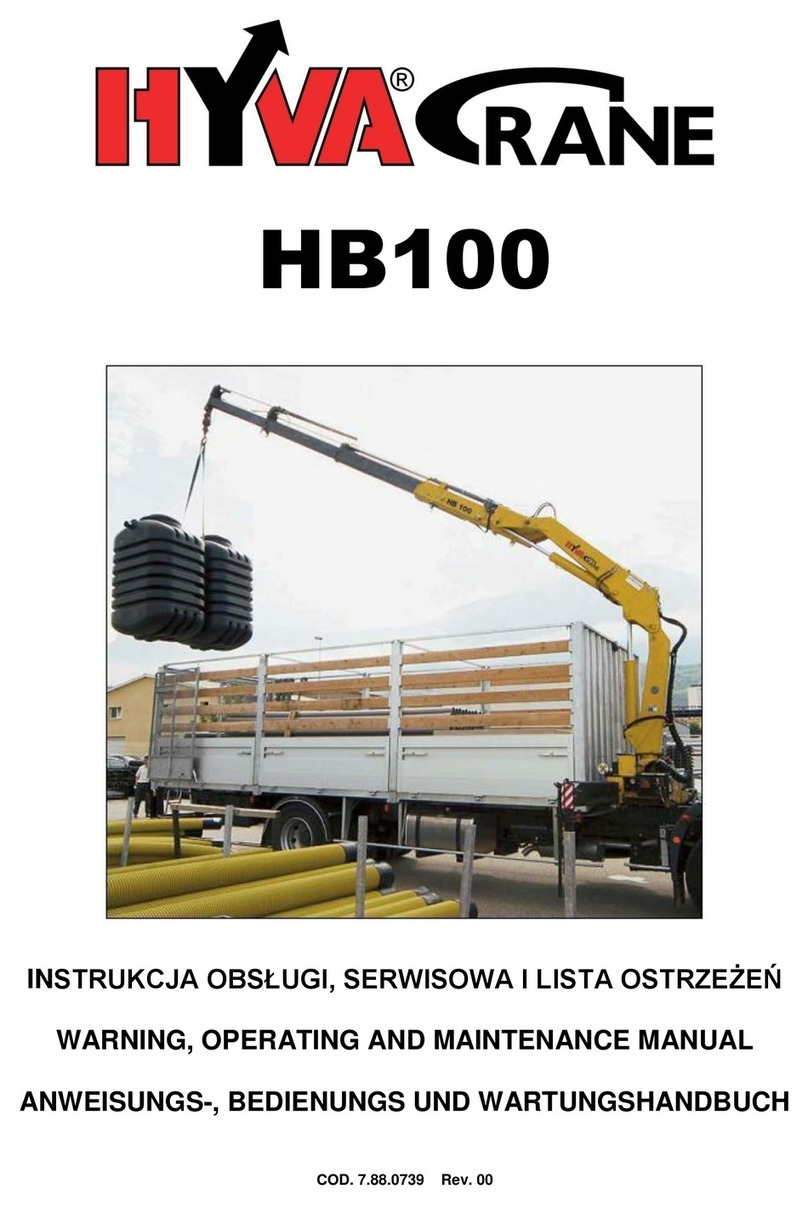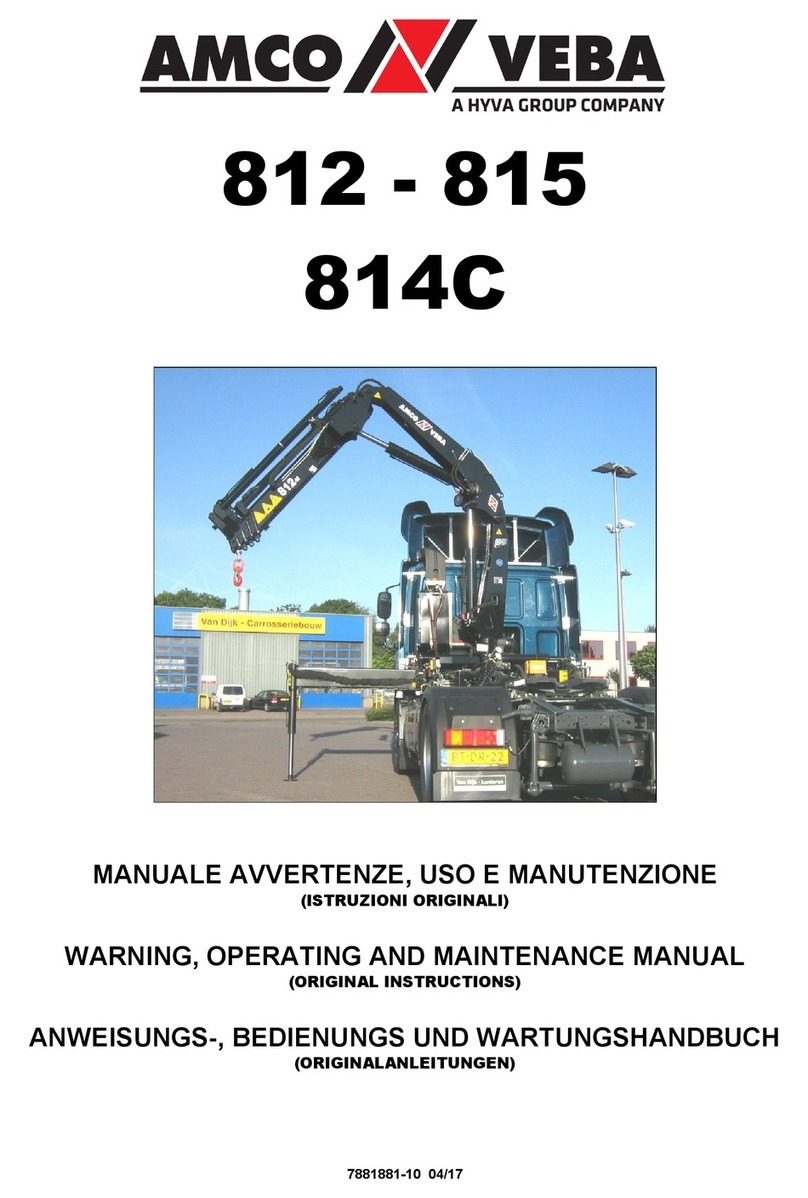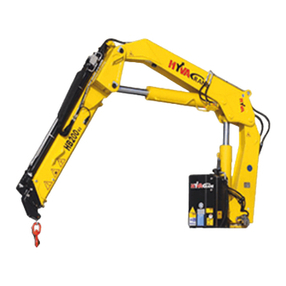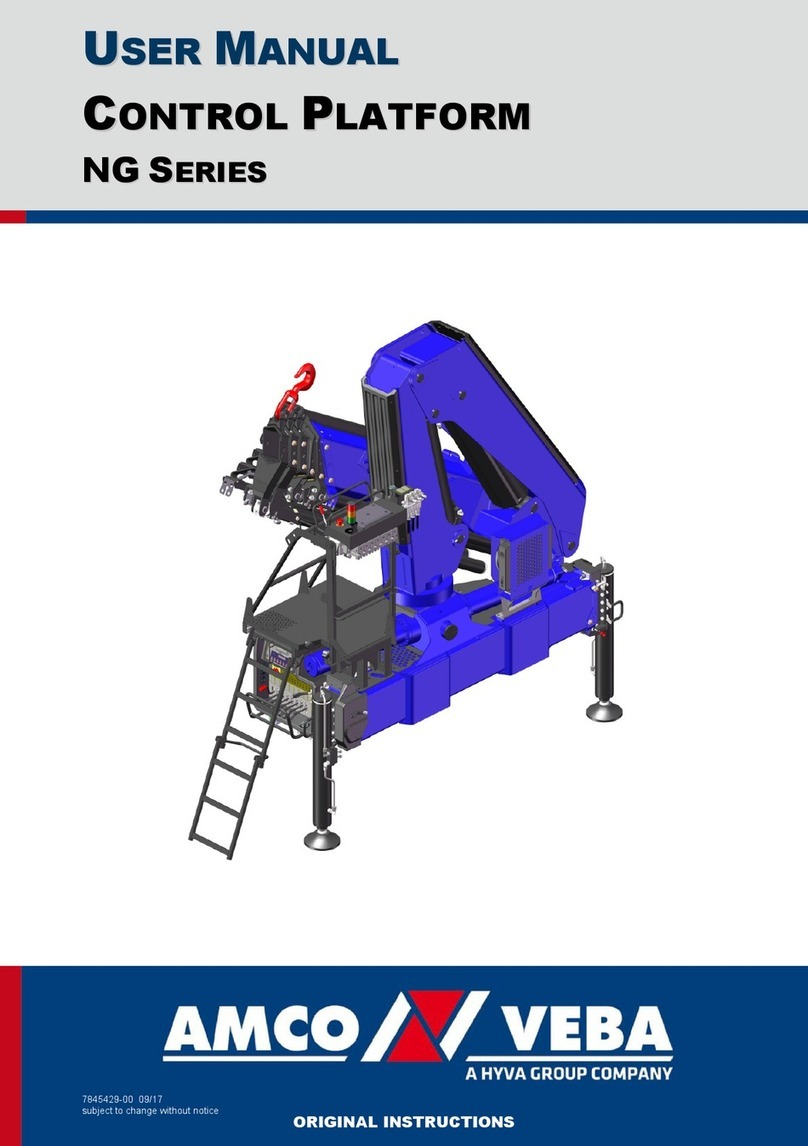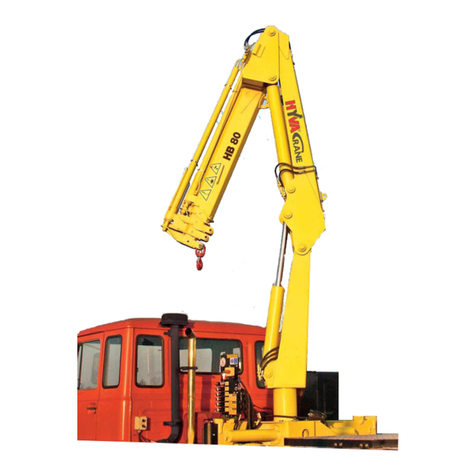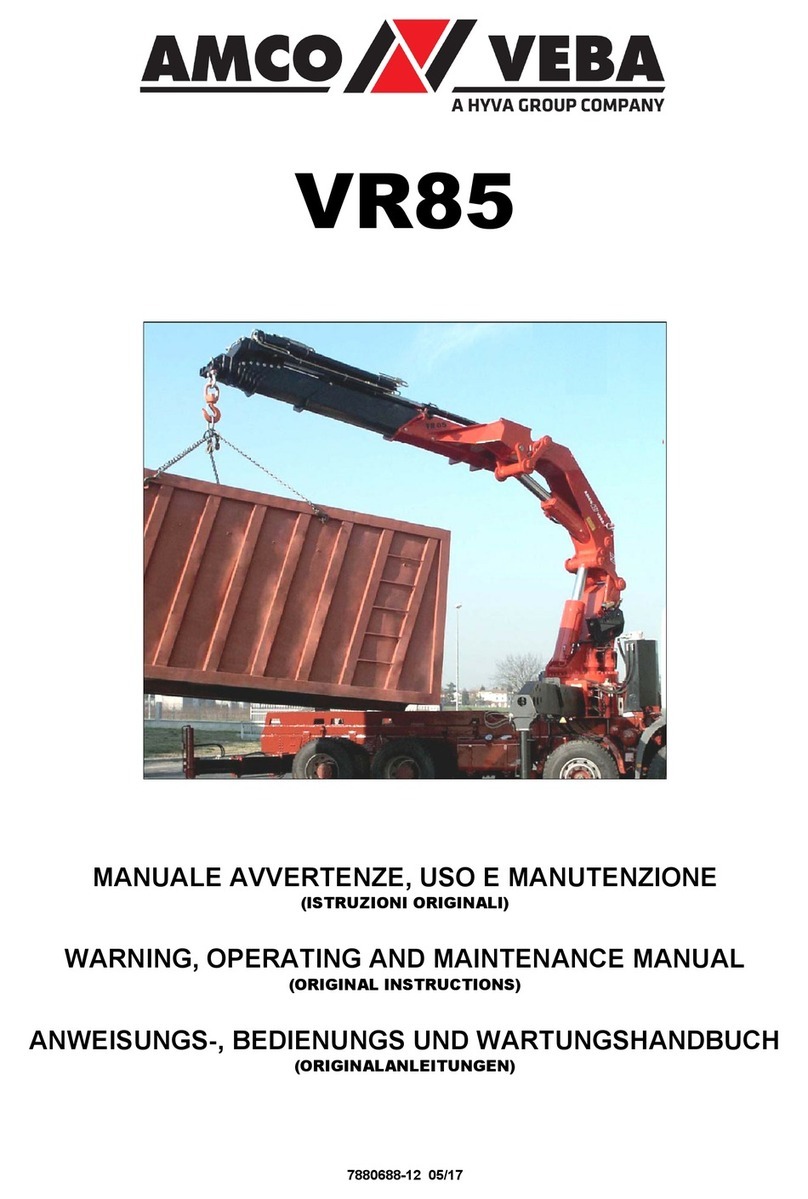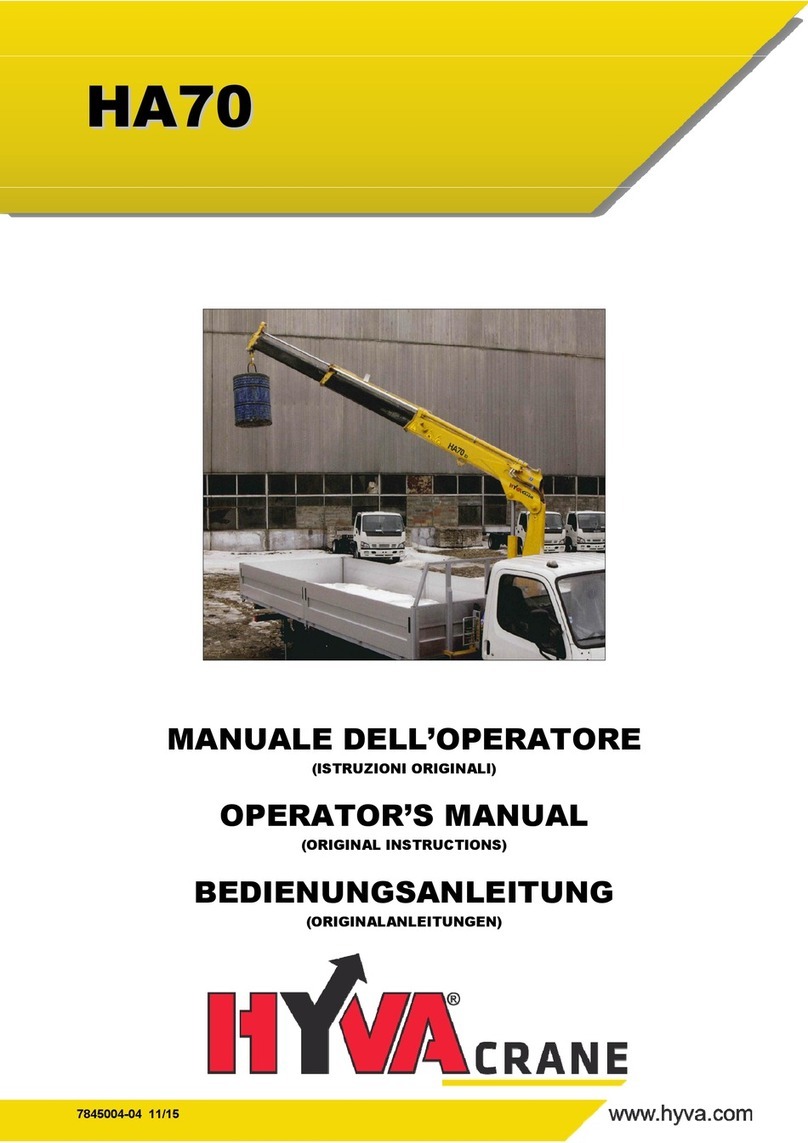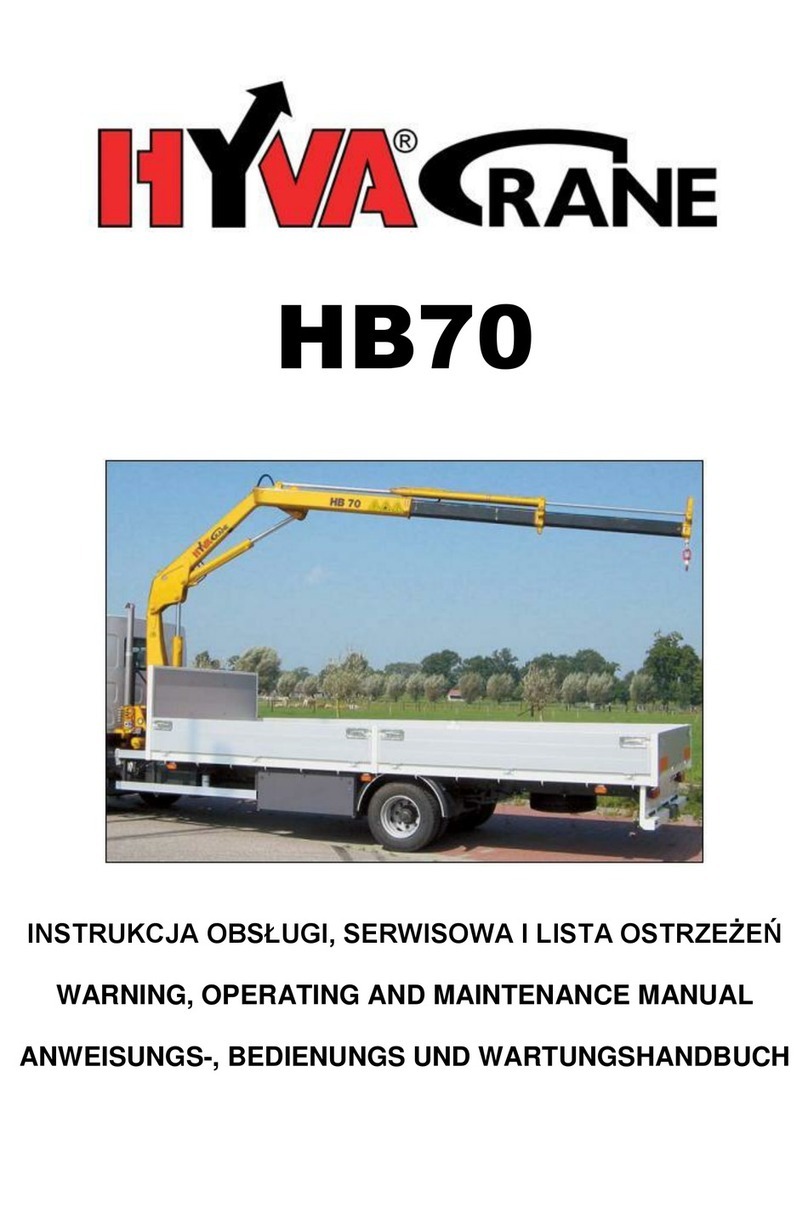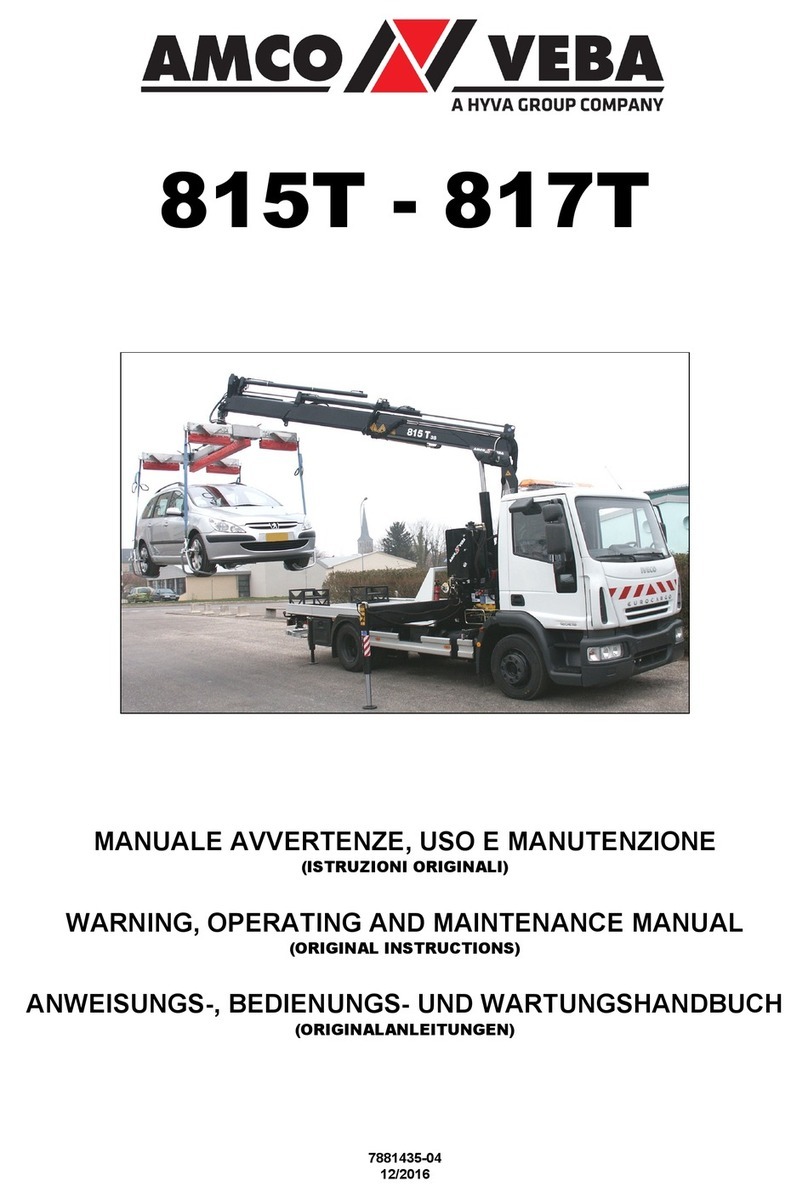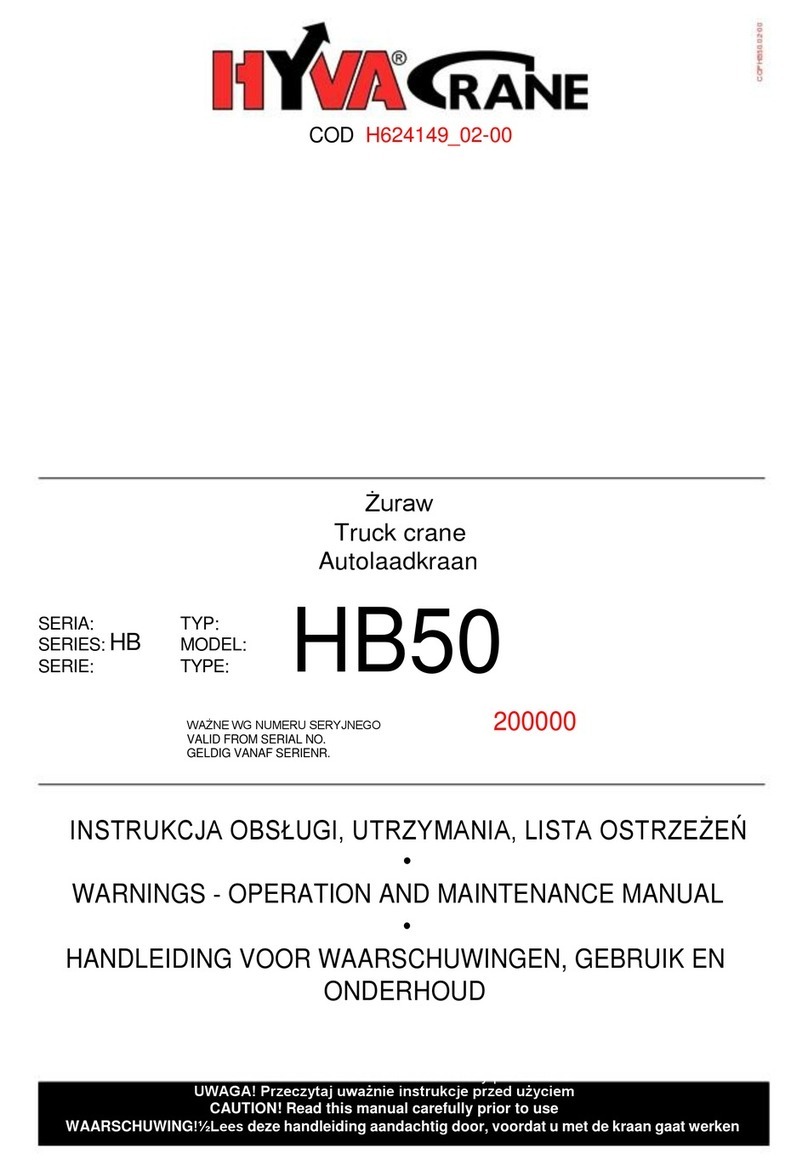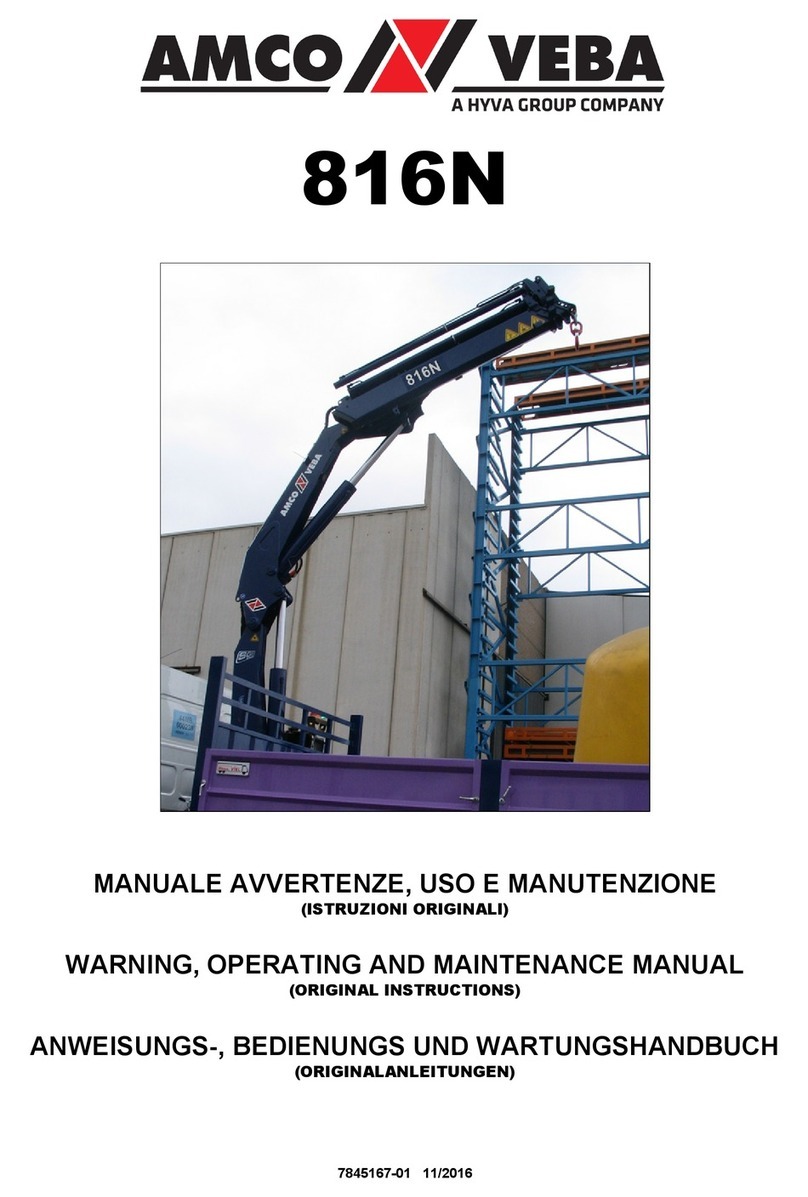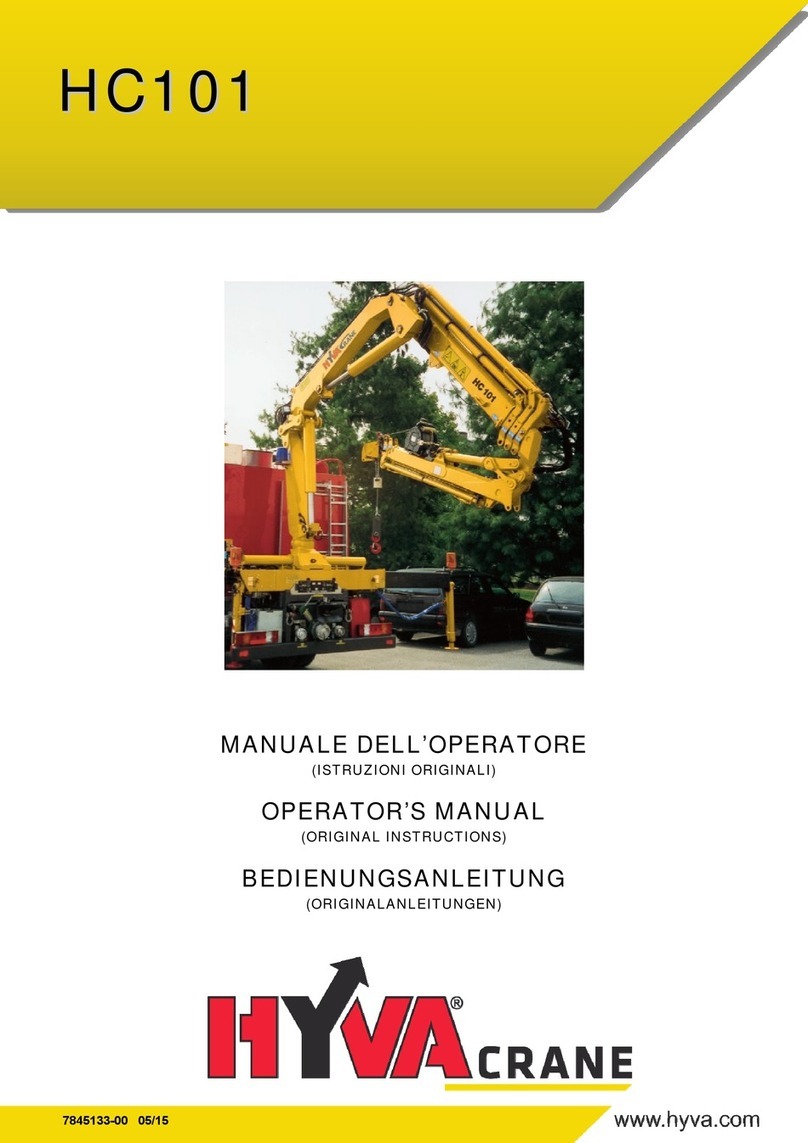
USER MANUAL
HC1151
INDEX
7845436-01 11/18
subject to change without notice
AWARNINGS .....................................................................................................................A.1
A.1PERSONAL PROTECTIVE EQUIPMENT.................................................................................................A.1
A.2MECHANICAL HAZARDS ........................................................................................................................A.2
A.2.1MECHANICAL RESISTANCE ...................................................................................................................A.2
A.2.2CRUSHING HAZARD................................................................................................................................A.4
A.2.3CUTTING HAZARD...................................................................................................................................A.5
A.2.4IMPACT HAZARD .....................................................................................................................................A.6
A.2.5OIL LEAK HAZARD...................................................................................................................................A.7
A.2.6LOSS OF STABILITY ................................................................................................................................A.8
A.2.7SLIPPING AND FALLS............................................................................................................................A.10
A.3ELECTRIC SHOCK HAZARD.................................................................................................................A.11
A.3.1CONTACT WITH LIVE COMPONENTS..................................................................................................A.11
A.3.2STATIC ELECTRICITY............................................................................................................................A.12
A.4HEAT HAZARDS ....................................................................................................................................A.12
A.4.1BURNS ....................................................................................................................................................A.12
A.5NOISE HAZARDS ...................................................................................................................................A.12
A.6VIBRATION HAZARDS ..........................................................................................................................A.13
A.7HAZARDS DUE TO TOXIC SUBSTANCES ...........................................................................................A.13
A.8ERGONOMIC HAZARDS........................................................................................................................A.14
A.8.1MANUAL OPERATIONS .........................................................................................................................A.14
A.8.2VISIBILITY............................................................................................................................................... A.14
A.8.3HUMAN ERROR .....................................................................................................................................A.14
A.9UNEXPECTED START-UP AND SWITCH-OFF OF THE CRANE .........................................................A.15
A.10SAFETY DEVICE FAULTS .....................................................................................................................A.15
A.11COUPLING FAULTS...............................................................................................................................A.17
A.12HAZARDS DUE TO INCORRECT LIFTING OPERATIONS...................................................................A.19
A.13HOW TO TRANSPORT THE CRANE.....................................................................................................A.22
A.14WARNINGS FOR JIB..............................................................................................................................A.23
A.15WARNINGS FOR WINCH .......................................................................................................................A.24
A.16WARNINGS FOR DRILL.........................................................................................................................A.26
BUSER MANUAL...............................................................................................................B.1
B.1PREMISE ..................................................................................................................................................B.1
B.2IDENTIFICATION......................................................................................................................................B.2
B.3DESCRIPTION AND DOCUMENTATION.................................................................................................B.3
B.3.1ENCLOSED DOCUMENTATION ..............................................................................................................B.3
B.3.2MARK ........................................................................................................................................................B.3
B.3.3SERVICE CONDITIONS ...........................................................................................................................B.4
B.3.4MAIN COMPONENTS ...............................................................................................................................B.5
B.4CONTROLS ..............................................................................................................................................B.6
B.4.1STABILIZERS CONTROLS.......................................................................................................................B.6
B.4.2RADIO REMOTE CONTROL ....................................................................................................................B.7
B.4.3EMERGENCY CONTROLS ON COLUMN.............................................................................................. B.10
B.5SAFETY DEVICES..................................................................................................................................B.11
B.5.1EMERGENCY STOP BUTTON ...............................................................................................................B.11
B.5.2OIL COOLER...........................................................................................................................................B.11
B.5.3LOCKING DEVICES FOR STABILIZERS ...............................................................................................B.12
B.5.4MOMENT LIMITER..................................................................................................................................B.13
B.5.5LIFT CONTROL SYSTEM (LCS).............................................................................................................B.13
B.5.6ROTATION CONTROL SENSOR (HRCS) .............................................................................................. B.14
B.6GAUGES AND INDICATORS .................................................................................................................B.15
B.6.1GAUGES ON OIL TANK..........................................................................................................................B.15
B.6.2OIL LEVEL INDICATOR ON GEAR UNITS.............................................................................................B.16
B.6.3LOAD INDICATOR ..................................................................................................................................B.16
B.6.4VISUAL-AUDIBLE WARNING DEVICES IN CABIN................................................................................B.17
B.6.5WARNING LABELS.................................................................................................................................B.17
B.7OPERATING THE CRANE .....................................................................................................................B.18
B.7.1PRELIMINARY CHECKS BEFORE OPERATION................................................................................... B.18
B.7.2START-UP OPERATION.........................................................................................................................B.19
B.7.3START-UP OPERATION AT LOW TEMPERATURE.............................................................................. B.19
B.7.4HOW TO DEPLOY THE STABILIZERS ..................................................................................................B.20
B.7.5OPENING PROCEDURE ........................................................................................................................B.22
B.7.6HOW TO READ THE LOAD CHARTS ....................................................................................................B.23
B.7.7LIFTING OPERATIONS ..........................................................................................................................B.23
B.7.8CLOSING PROCEDURE.........................................................................................................................B.24
B.7.9HOW TO FOLD THE STABILIZERS .......................................................................................................B.26
B.7.10USE WITH JIB.........................................................................................................................................B.29

